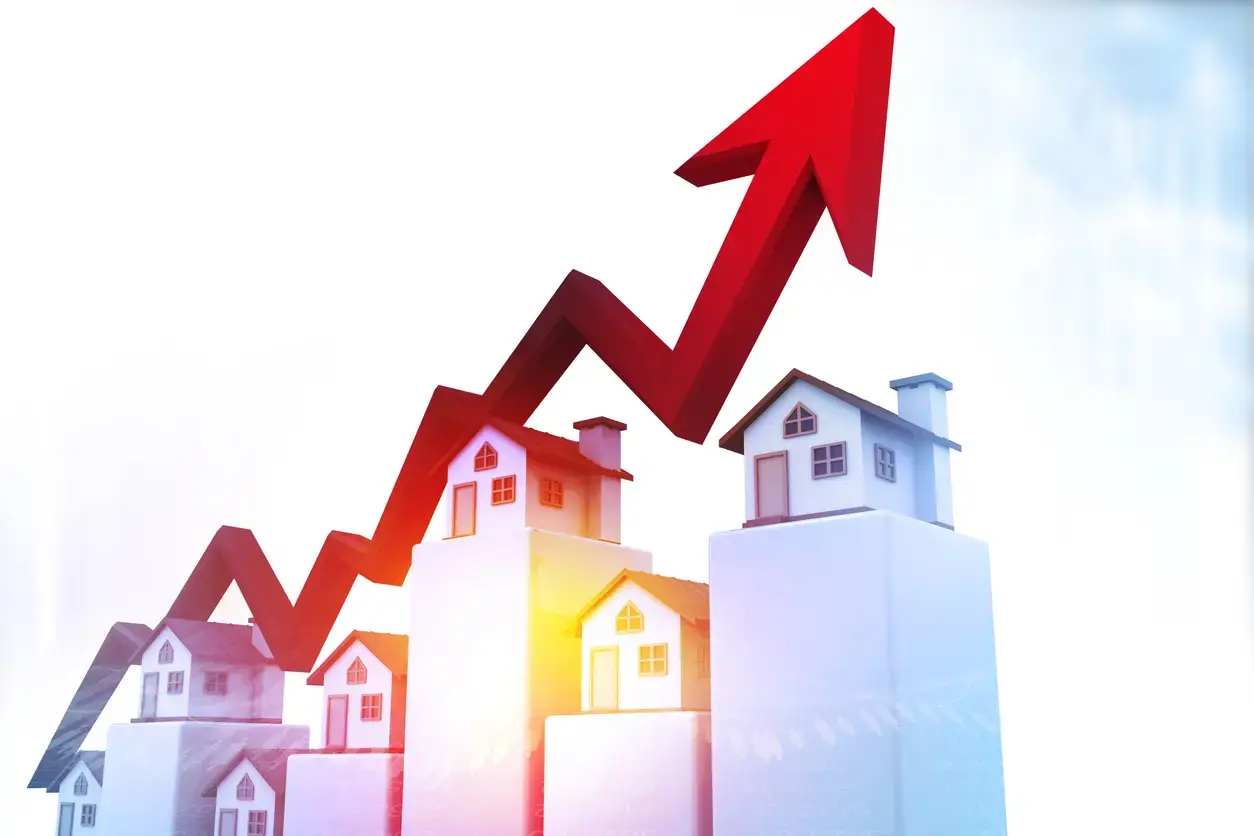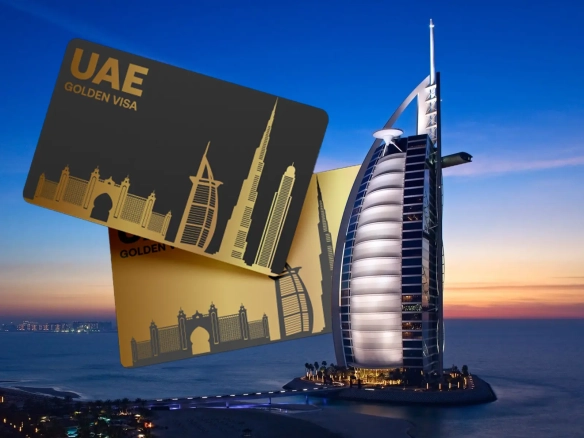The world watches as Dubai continues its meteoric rise in real estate. But for savvy investors, one question stands out above the rest: what kind of return on investment (ROI) can you expect in Dubai’s property market today? With reports showing yield ranges that once seemed ambitious now becoming plausible, it’s essential to understand where and how 8–12% returns can be achieved. This guide to Dubai real estate ROI will walk you through what drives returns, which segments offer the best prospects, and how you can position yourself to capture those gains in 2025.
Understanding Dubai Real Estate ROI
Dubai real estate ROI generally comes from two main sources: rental income and capital appreciation. In Dubai’s dynamic market:
- Gross rental yield = (Annual rental income ÷ property purchase price) × 100
- Net rental yield = Gross yield minus costs (service charges, maintenance, vacancy, etc.)
- Total ROI = Net rental yield + annual capital appreciation percentage
When we speak of “8–12% returns”, we’re typically referring to either gross yields in that range or a combined return assuming some appreciation. For example, a property yielding 7% plus 3–5% appreciation could give you an 10–12% ROI.
According to recent reports, some Dubai communities are already delivering yields of around 8–10% in certain segments. For example, a 2024 Q2 report highlighted that apartments in certain zones achieved yields of approx. 9.47% in more affordable pockets.
What Drives High ROI? Key Factors
To hit the 8–12% range in Dubai, you need to align with several critical drivers:
a) Location & Accessibility
Properties in or near established areas, with good connectivity, amenities and transport links, tend to attract stronger demand — which supports rental income and keeps capital growth steady.
b) Price entry point & relative value
Lower purchase price relative to rental income means higher yield. These are often found in emerging communities rather than ultra-premium zones.
c) Supply and demand dynamics
If new supply is limited and tenant demand is strong, yields remain healthier. Oversupply or slow demand compression can reduce ROI.
d) Asset type & tenure
Apartments generally yield more than luxury villas (because of the lower entry cost). Also short-term/holiday rentals or serviced apartments may yield higher gross returns (but come with higher risk/costs).
e) Total cost structure
Net returns depend heavily on service charges, property management, vacancy downtime. A gross yield of 9% may boil down to 6-7% net if costs are high.
High-ROI Segments in Dubai Real Estate for 2025
Here’s where the 8-12% range becomes realistic — some segments are better positioned than others.
Apartments in mid-market communities
More affordable, good rental demand from working professionals and families, lower entry costs—but with solid amenities. For instance:
- One study listed apartments in affordable areas delivering yields around 10.8% and 8.37% in some zones.
This makes mid-market apartments strong contenders for hitting 8-12% Dubai real estate ROI.
Off-plan and early-stage developments with flexible payment plans
If you secure an early-stage unit in a promising community, you may benefit from lower purchase cost, phased payment plans, and eventual strong demand — boosting Dubai real estate ROI potential.
Short-term rental or serviced apartment models
Properties specifically designed for holiday/short-stay can yield higher returns (sometimes 10%+ gross) but also carry additional management, licensing, and regulatory risk. As one forum post remarked:
“A unit that rents for AED 66k/year on a AED 500k purchase = 13.2% gross… after costs ~9-10%”
Realistic ROI Case Studies & Market Data
- In Q2 2024, apartments in certain affordable areas achieved yields around 9.47%.
- In the same report, a villa-segment yielded lower (~6-7%) in many mid-tier areas.
- While some online discussions show gross yields of 10–12% in niche cases (especially short-term rentals) — net yields after costs may be closer to ~6–8%.
So, when writing your strategy: set 8–12% as a goal—but highlight that net yields might be slightly lower depending on costs and specifics.
Where in Dubai Can You Find 8-12% Returns?
Here are categories and examples:
- Emerging value communities: Areas offering good infrastructure but at lower entry cost.
- Mid-market apartments: Balance of price, demand and rental yield.
- Short-stay-ready units: With holiday-home licences, located in tourist-friendly zones.
- Commercial / mixed-use investment assets: e.g., retail or office units in emerging hubs, but these carry different risk & liquidity profiles.
Investors should research Vacancy rates, Service charges, Transport/metro access, nearby amenities, and future supply pipelines to identify the sweet spots.
Risks to Keep in Mind
No investment is risk-free. To realistically plan for 8–12% ROI, you must be aware of:
- High entry cost: If you buy in a premium location at top price you may only get 5–6% yield.
- Rising service charges / maintenance: These reduce net yield.
- Vacancy and tenant turnover: Longer voids mean lower income.
- Supply influx: If too many new units flood the market, yields may compress.
- Regulatory changes, e.g., changes in holiday-home licensing, tenancy laws, mortgage rules.
- Net vs gross confusion: Always calculate after all costs to get realistic ROI.
How to Maximise Your ROI — Investor Checklist
To target that 8–12% Dubai real estate ROI, follow a disciplined approach:
- Choose a location with strong tenant demand, growing amenities & good connectivity.
- Target mid-market apartment units in communities where the purchase price vs rent still offers value.
- Factor in all costs—service charge, management, void periods, taxes/fees.
- Consider off-plan/pre-launch for lower entry cost or holiday-home units for higher gross yield (with risk).
- Keep an investment horizon of 5–10 years; capital appreciation often adds to ROI.
- Monitor upcoming supply pipelines—avoid heavily oversupplied zones.
- Use a reputable agent/developer and get clear data on historical yields in that community.

Outlook for 2025 and Beyond
Dubai is heading into a strong phase for real estate: robust tourism, strongExpo legacy, global investor interest and government support all point to sustained demand. Reports show continued transaction growth and yield opportunities.
Therefore, with the right strategy, capturing 8-12% returns is realistic in 2025—but it requires smart selection and risk-awareness.
Dubai Real Estate ROI: Final Words
Understanding Dubai real estate ROI is more than chasing high percentages—it’s about aligning location, asset type, cost structure and demand. While 8–12% returns are attainable, they come with caveats. Smart investors will focus on mid-market apartments in the right communities, factor in all costs, and take a long-term view.
If you’re ready to explore Dubai’s property market and target high-yield opportunities, now is a strong time to act—just make sure you go in with data, diligence and the right mindset.





Join The Discussion